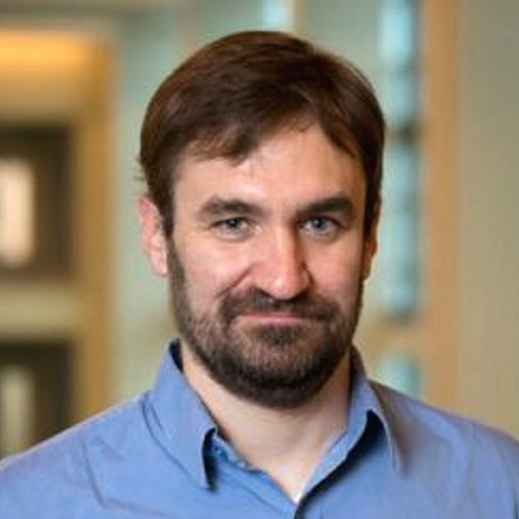Objectives
Recent years have seen previously unimagined performance attained in RF circuits. SAWless receivers, full duplex radios, and software defined radios tunable over multiple octaves have been achieved using properties of time varying circuits. These circuits need duty-cycled RF waveforms for their operation which are difficult to generate in the mmWave/THz regime. For the advances made in today's RF systems are to be used in future wireless systems then methods of circumnavigating these waveforms need to be developed.
Approach
We are working to overcome challenges with time varying circuits at mmWave frequencies in multiple ways. One approach is to adapt our topologies to use high performance HBTs instead of MOS switches, relaxing the signal swing required to switch the circuit. This can be combined with multi-resonant techniques for building circuits to synthesize non-50% duty-cycle waveforms at mmWave frequencies. We are also looking at using alternate, coupled N-path structures to allow use of higher duty cycle signals, including true sinusoidal drive. These various approaches may then be mixed and matched.
We are in discussions with device developers at Cornell and UCSB on ways to apply cutting edge GaN FETs and InP HBTs to the circuits we are presently developing in CMOS. We are also starting to collaborate with system designers on ways to combine multiple such mixers/receivers to synthesize diversity and enhance resistance to residual interference artifacts.
Accomplishments
Since 2018 our team has developed a 4 phase N-Path mixer topology that uses sinusoidal LO and has taped out this system in 65nm CMOS and 45nm SOI. Our team has also taped out an 8-phase N-path receiver with LO overlap suppression for good interference tolerance and low noise at high RF frequencies.
We have also taped out, in 45nm SOI, a first-generation synthetic diversity receiver that provides subsequent DSP with enough information to suppress residual interference artifacts.
Finally, we have completed the design of an HBT-based mmWave N-path receiver.
Team Leader
Alyosha Molnar received the B.S. degree from the Swarthmore College in 1997. He was with Conexant Systems as an RFIC Design Engineer, from 1998–2001, where he jointly developed their first generation direct-conversion receiver for the GSM cellular standard. Starting graduate school at University of California at Berkeley in 2001, he was involved in early, ultralow-power radio transceivers for wireless sensor networks, and then joined a retinal neurophysiology group, where he was also involved in dissecting the structure and function of neural circuits in the mammalian retina. He joined the Faculty at Cornell University in 2007, where he is an Associate Professor and focused on software defined radios, neural interface circuits, integrated imaging techniques, and ultralow-power sensing.
Publications
R. C. Ying & A. Molnar (2021, March 17). Impedance Transparency and Performance Metrics of HBT-based N-path Mixers. IEEE Xplore [Online]. Available: https://ieeexplore.ieee.org/document/9380439.
Z. Boynton & A. Molnar, “RTu1B-3 A 9-31GHz 65nm CMOS Down-Converter with >4dBm OOB B1dB,” presented at the 2020 IEEE Radio Frequency Integrated Circuits Symposium (RFIC), Los Angeles, CA, August 2-3, 2020.
A. Molnar, Z. Boynton, S. Soni, & S. Sadeghi, “Synthetic Diversity To Mitigate Out-of-Band Interference in Widely Tunable Wireless Receivers,” presented at the 2019 53rd Asilomar Conference on Signals, Systems, and Computers, Pacific Grove, CA, November 3-6, 2019.
